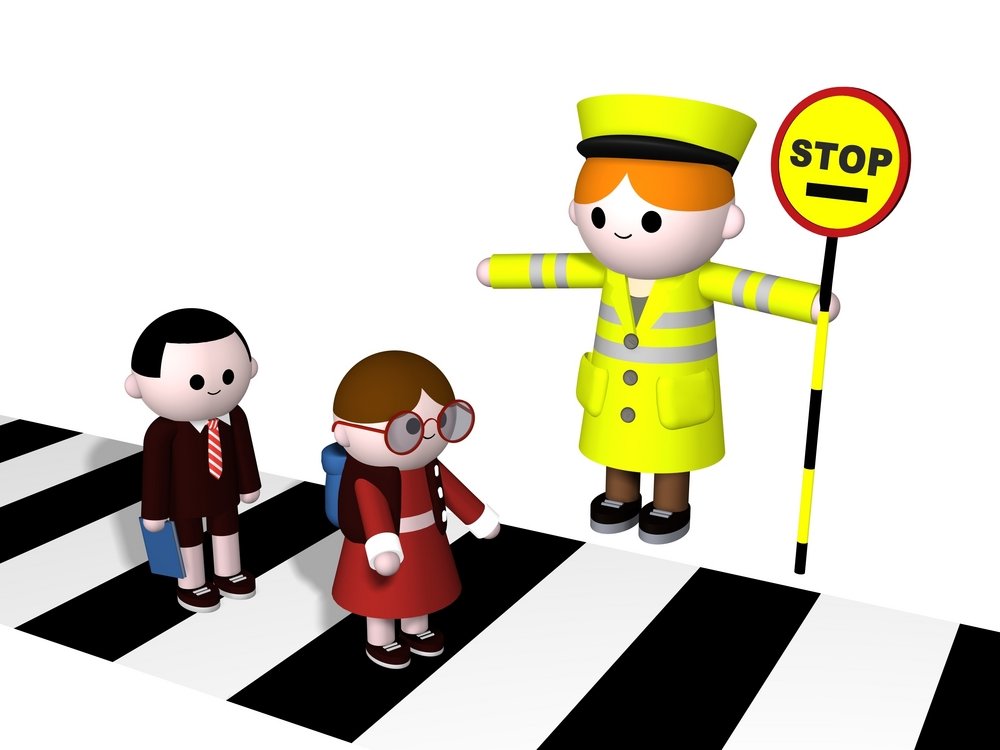
School Crossing Patrol – If you’ve ever walked or driven past a school at pick-up or drop-off time, you’ll know how busy and hectic it can get. To keep children safe, the law gives extra powers to School Crossing Patrols — often called “lollipop men” or “lollipop ladies” — who use a very distinctive sign.
Let’s break down exactly what the sign means, how it’s used, and what drivers need to do.
School Crossing Patrol What the Sign Looks Like

The School Crossing Patrol sign is hard to miss:
- A large, round sign on a stick, with a red border, yellow background, and the word “STOP” in black.
- A black horizontal line runs through the middle, with silhouettes of children walking underneath.
- It’s often called the “lollipop sign” because of its shape.
By law, this sign gives the patrol officer the authority to stop traffic so that children and parents can cross safely.

School Crossing Patrol When It’s Used
School Crossing Patrols usually operate:
- Before and after school hours when children are arriving or leaving.
- Near school entrances, busy junctions, or pedestrian routes that see heavy use.
- In all weathers — from sunny mornings to dark, rainy afternoons — visibility is vital, which is why the sign is so bold and reflective.

School Crossing Patrol What Drivers Must Do
When a patrol officer steps into the road and raises the sign:
- You must stop — it’s a legal requirement.
- Wait patiently while children and parents cross.
- Do not move off until the patrol has stepped back onto the pavement and lowered the sign.
Failing to stop for a School Crossing Patrol is not just dangerous — it’s an offence that can lead to fines, points on your licence, and even prosecution.

School Crossing Patrol Why It Matters
The presence of a School Crossing Patrol is about safety first. Children can be unpredictable near roads, and traffic around schools can get chaotic. The sign provides a clear, respected command for drivers, giving children the confidence to cross safely.
School Crossing Patrol Key Points for Learner Drivers
- Always approach schools with extra caution.
- Look out for the patrol officer in high-visibility clothing.
- The “STOP” sign has the same force as a police officer’s signal — you must obey it.
- Never wave children across yourself — leave that job to the patrol.
School Crossing Patrol
The School Crossing Patrol sign is one of the most important on UK roads, not because it’s complicated, but because it protects the most vulnerable. As a driver, treating it with respect shows maturity, patience, and real responsibility behind the wheel.